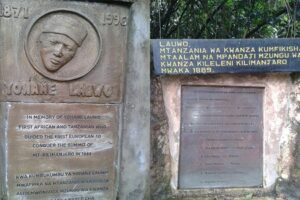
Kilimanjaro Climbing History: Lauwo’s First Summit & Chagga
Table of Contents Who Was Lauwo? Tanzania’s First Kilimanjaro Guide | Kili Quests When talking about the first successful ascent of Mount Kilimanjaro, most people
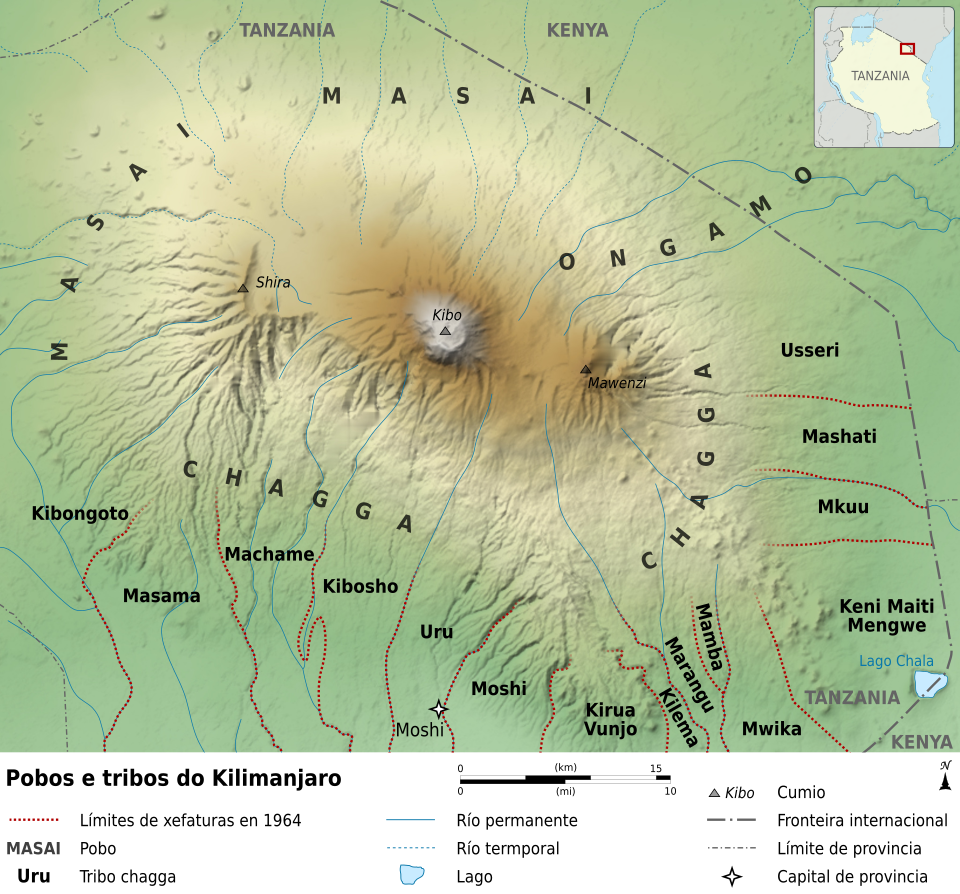
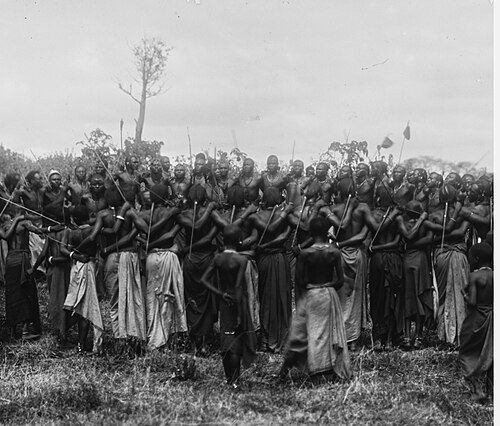
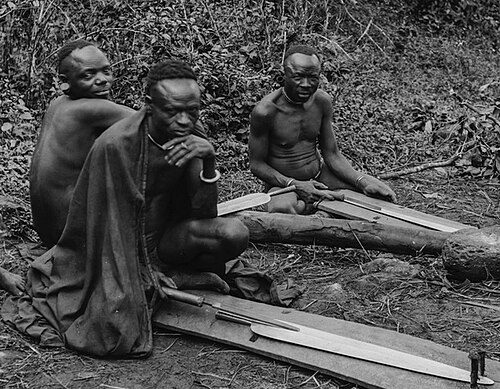


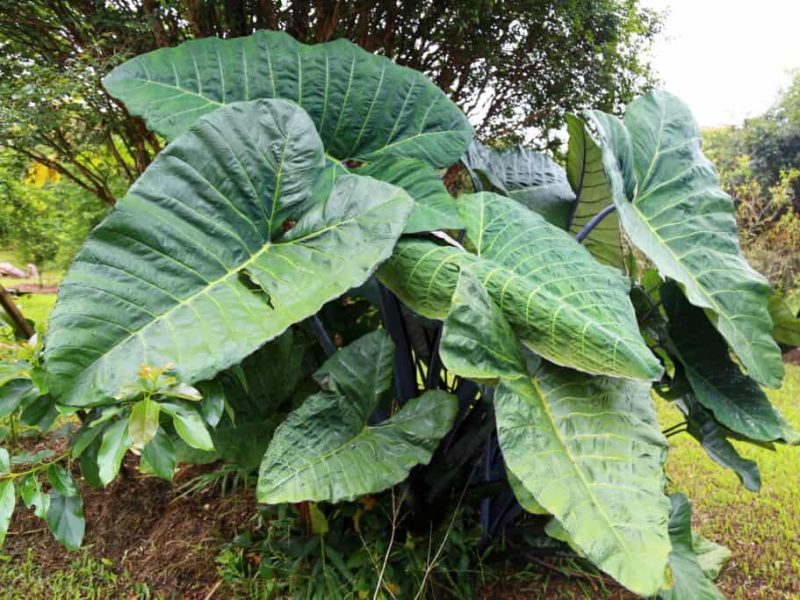
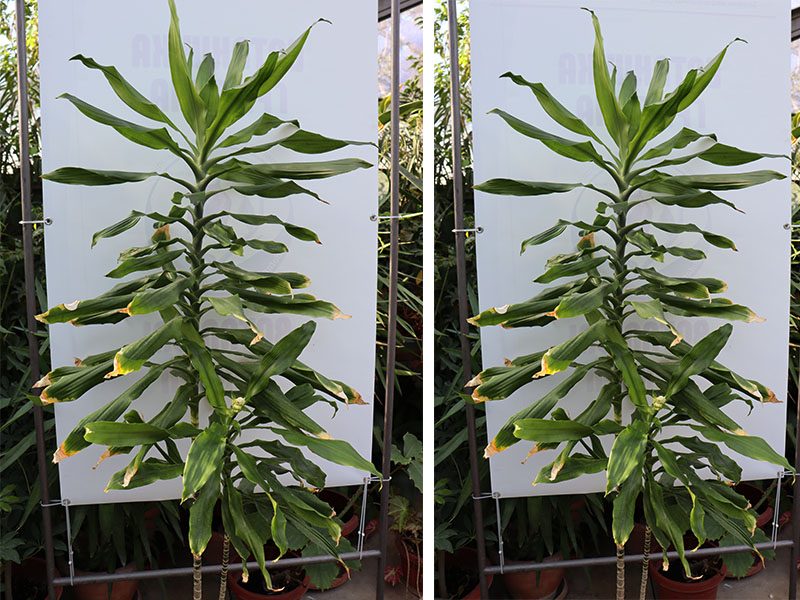
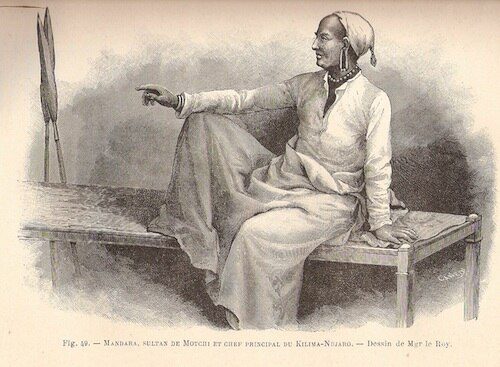

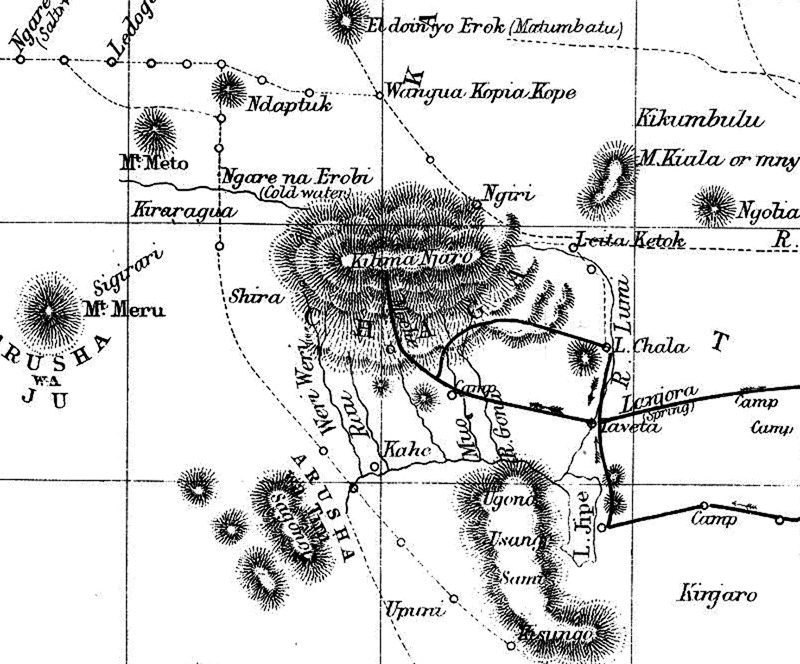
Many visitors add a Chagga cultural experience to their Kilimanjaro adventure. This can include:

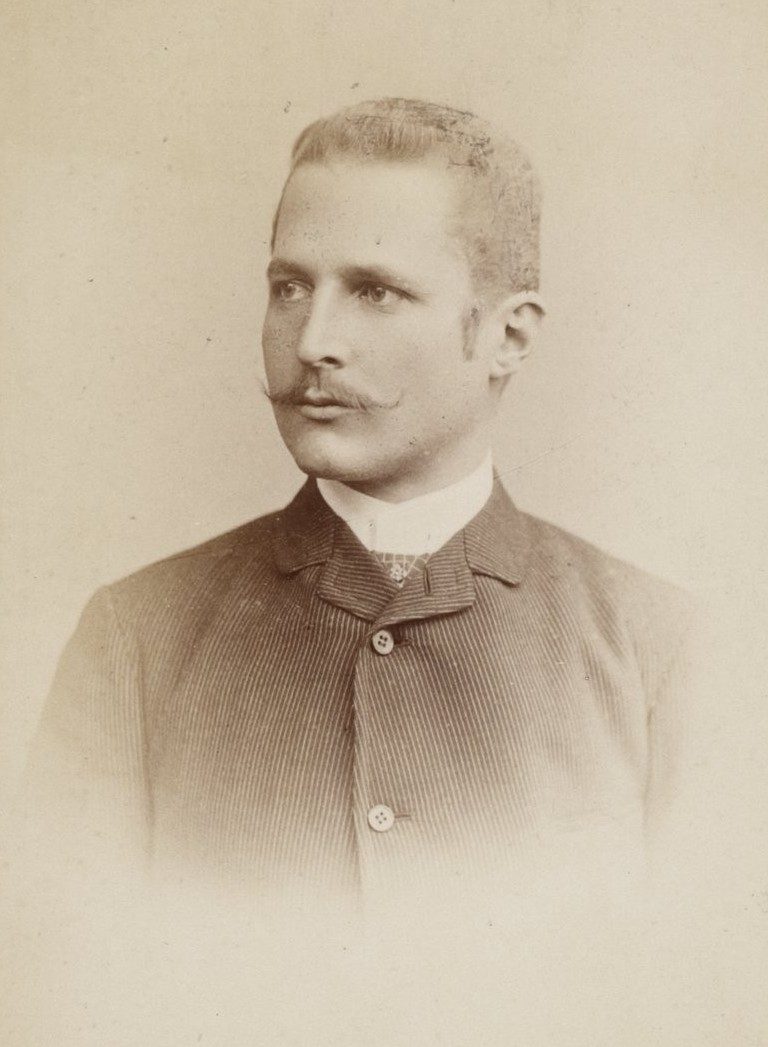

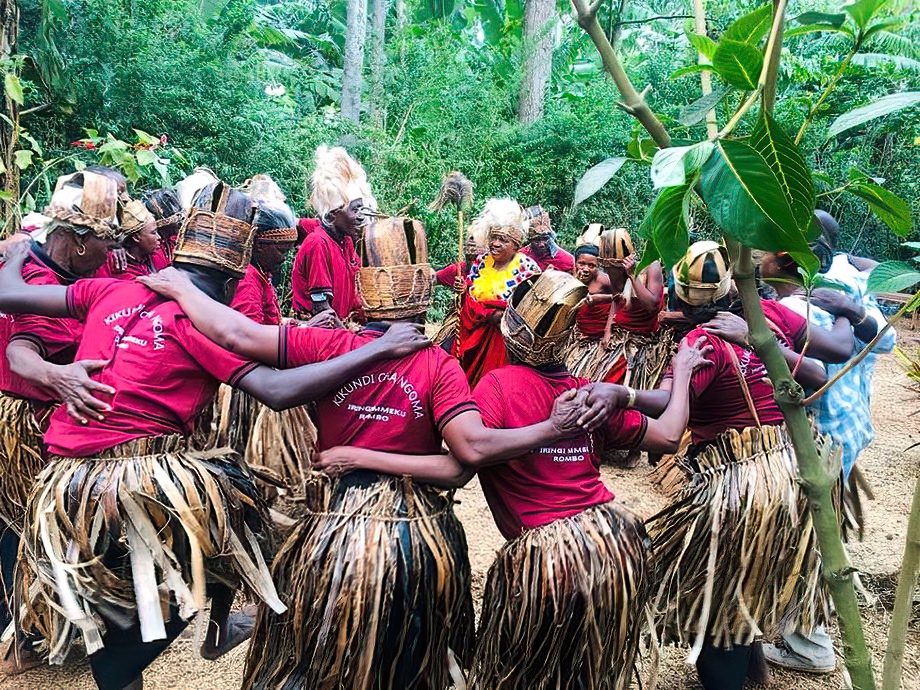

Table of Contents Who Was Lauwo? Tanzania’s First Kilimanjaro Guide | Kili Quests When talking about the first successful ascent of Mount Kilimanjaro, most people

Table of Contents Kilimanjaro’s Volcanic Cones: Kibo, Mawenzi & Shira Africa’s Towering Volcano Mount Kilimanjaro is not just a mountain — it’s a massive
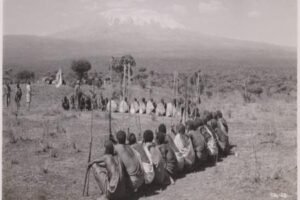
Table of Contents Why Kilimanjaro Is Called ‘Kilimanjaro’ | Kili Quests What Does “Kilimanjaro” Mean? Mount Kilimanjaro is the highest peak in Africa —
@2025 Kili Quests. All rights reserved.